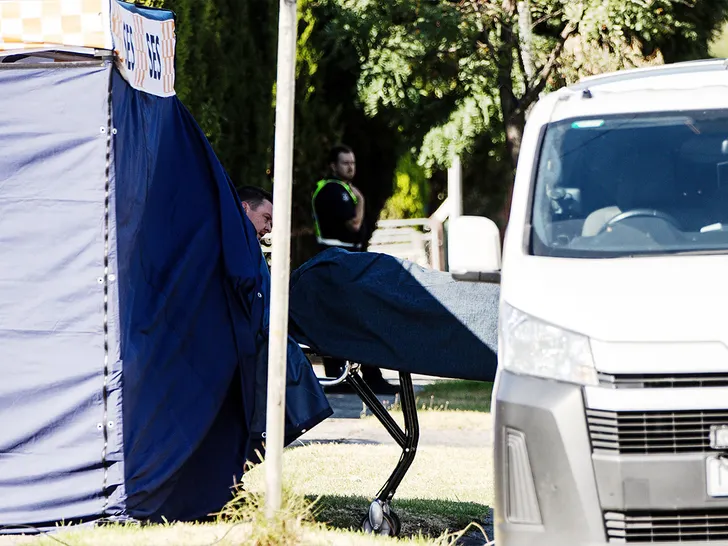A devastating incident unfolded during a hot-air balloon excursion earlier this week, resulting in the tragic death of a passenger who fell approximately 1,500 feet from the basket. Adding to the distressing nature of the event, it appears that authorities may have sought to conceal the aftermath.
The unfortunate incident occurred on Monday when a male passenger unexpectedly plummeted from a commercial hot-air balloon shortly after it departed from Melbourne. This occurred within the first 30 minutes of the flight, with the body reportedly landing in a residential area while the balloon itself made a safe landing several miles away.
Eyewitnesses from the local community in the suburb where the tragedy struck expressed shock, as many were unaware of the incident until emergency sirens pierced the air. The suddenness of the event was emphasized by a loud noise preceding the arrival of emergency responders.

The impact of the fall resulted in the disruption of power lines, prompting a significant police presence to cordon off the affected street, impeding morning traffic.
Although authorities do not suspect foul play, they are in discussions with the remaining occupants of the balloon in an attempt to ascertain the cause of the tragic fall.
Both the National Commercial Hot-Air Ballooning Industry and the Australian Ballooning Federation have issued statements in response to the incident, offering assurances that hot-air balloon baskets are engineered to prevent such accidents. However, the exact circumstances leading to this tragedy remain unclear.
Efforts are being made by the operator to provide psychological support and counseling for those affected by the distressing event.
This incident marks the second hot-air balloon tragedy of the year, following a fatal accident in Arizona in January where four individuals lost their lives during a skydiving excursion. A preliminary report from the National Transportation Safety Board later revealed that the envelope of the balloon had deflated prematurely, with the burner still operational at the time of impact.
These incidents serve as somber reminders of the inherent risks associated with hot-air ballooning.


